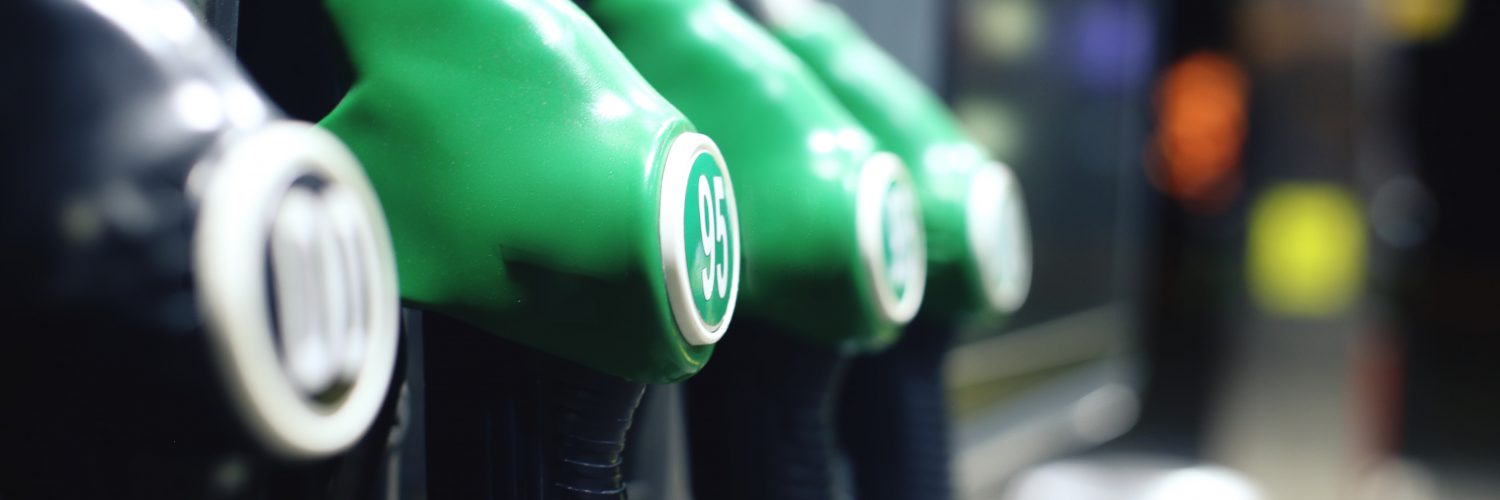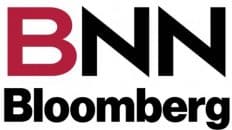We are all reluctant passengers on a runaway energy pricing train that’s heading for a curve far too fast. The only way to stop it is to gain control of the engine – or it’s going to derail.
Diesel, gasoline, rack, and pump prices have now obliterated previous record highs set in mid-May 2018.
What is the cause, and how high can prices go?
As mentioned in earlier reports, energy is a complicated global integrated matrix with each ingredient at times linked to each other.
Supply and demand are two factors affecting prices today and in the immediate future.
Supply of crude is tight because that’s the way the OPEC+ fraternity want it.
One would think that the high crude and pump prices would encourage the U.S. Shale oil industry to kick into high gear and fill in the supply gap. But this has not happened as investors are shying away from the industry due to environmental activism and investors’ interest in all kinds of renewable energy.
Currently, demand for all forms of fossil fuel is intimidating supply.
Russia’s president Putin has Europe in a hammerlock, choking off natural gas supply just as winter approaches.
The natural gas crisis has spilled over into the liquid fossil fuel market, with buyers desperately turning to suppliers of diesel and kerosene as replacements for heating fuels.
With employment now back to pre-pandemic levels in North America, demand for all forms of transportation fuels is astounding, and along with that, tight supply has forced prices to their current levels.
When we look at, say a litre of gasoline or diesel, we ask “are there any factors that consumers may have an influence on”?
Well let’s see:
The cost of crude accounts for 40% of the pump price. But crude prices are not controlled with our borders, they are established on the global bidding desk. So, we can’t do anything about that.
The next ingredient is the refining margin at 20%, which is the difference between the cost of crude (that we cannot control), and the wholesale or rack price. But the wholesale prices in Canada follow the daily price gyrations at benchmarked U.S. rack hubs, so that factor is out of our hands as well.
When we look at the retailer margin, which represents only 5% of the end price – and if we try to mess with that – some local gas stations might as well close because of insufficient sales resulting from the net effect of higher prices and a complete lack of competition.
Where we may have a say is when it comes to the 38% of the pump price consisting of taxes.
It seems we can say that all we want, but no one’s listening.
But we all better speak up soon because the train is about to hit the next curve.
If crude hits and sticks a $100/bbl., this will increase prices by 12 cents per litre (cpl).
Then, on April 1, 2022 the carbon tax will be increased by $10/tonne or about 3 cpl.
Then, we can add another 16 cpl when the Clean Fuel Standard is triggered on December 1, 2022.
Then, add the final insult of the HST, which will boost all of the above by 13%.
If our current government has its way, the record high prices you see today will look like a bargain (with a national average sitting at $1.47/L for gas and $1.45 for diesel).
Unless we get control of this runaway train, the average price, with the new and improved tax structure will be $1.75/L.
It may be a good idea for all of us to wait for the next train. Meanwhile, stay off the tracks!
– Roger McKnight – B.Sc., Senior Petroleum Analyst








Add comment